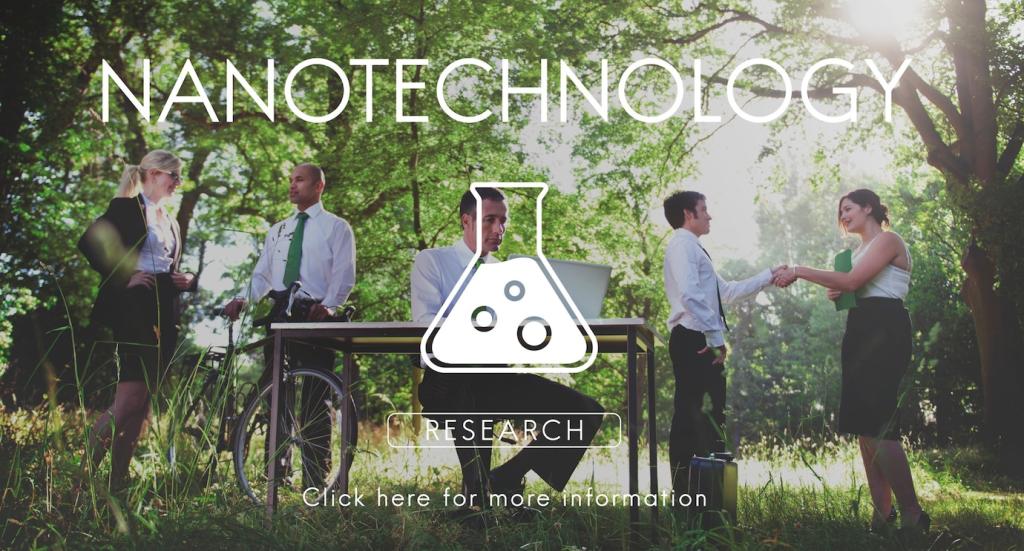This website uses cookies so that we can provide you with the best user experience possible. Cookie information is stored in your browser and performs functions such as recognising you when you return to our website and helping our team to understand which sections of the website you find most interesting and useful.
Green architecture and urban design solutions represent a transformative approach to how cities and buildings are planned, constructed, and maintained. By integrating sustainability principles with cutting-edge techniques, this forward-thinking methodology not only reduces environmental impacts but also enhances quality of life for urban dwellers. It embraces energy efficiency, natural resource conservation, and harmonious coexistence between built environments and ecosystems, fostering communities that are resilient, vibrant, and healthier. The pursuit of green architecture and urban planning is essential in mitigating climate change challenges, promoting biodiversity, and creating spaces where economic and social benefits thrive hand in hand with environmental stewardship.
Sustainable Building Materials


Green Urban Planning


Smart Technologies in Green Design
Biophilic Design Principles

Climate-Responsive Urban Design


